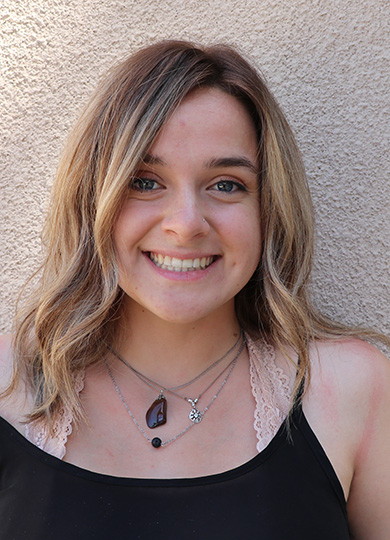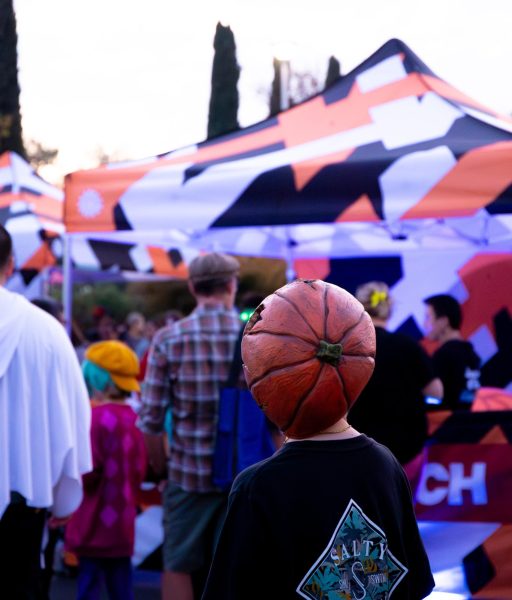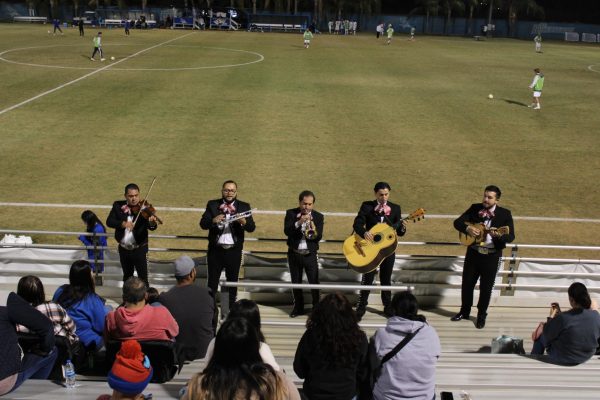From California to South Africa: A Biologist’s dream
Inside view of the Micro CT scanner located in the Science III building.
September 26, 2019
With a dream of seeing CSU Bakersfield biology students receive a more hands-on study experience on a once in a lifetime type of journey, Professors of Biology, Anna Jacobsen and Brandon Pratt have received a $99,994 National Science Foundation, NSF, Center of Research Excellence in Science and Technology, CREST, supplement grant. Jacobsen and Pratt created a project proposal in partnership with CREST and three South African supporters: Adam West, Karen Elser, and Casper Crouse.
This project allows students to use unique technology to examine woody plants and compare Mediterranean-type climate regions. To extend these studies even further, four graduate students, who are also CREST fellows, and four undergraduate students with an interest in the effects of drought on plants will receive the opportunity to travel to South Africa in the summer of 2020 to participate in this year’s Mediterranean-type Ecosystems Conference, MEDECOS. Jacobsen says her current students are very excited for this potential opportunity. They will begin choosing the eightstudents in January of 2020.
A question that Jacobsen proposes to her Biology students to consider is, “Where does the slice of research that you do fit into the entire globe?”
There are five places in the world that have a Mediterranean-type ecosystem: California, the Mediterranean Basin, South Australia, South Africa, and Chile. Drought in these areas is prevalent.
“Drought legacy effects leave long lasting clots. The only way for the plants to reconstruct is to grow new tissue” said Jacobsen.
Students will be studying these effects in California and then comparing them to the terrain in South Africa during MEDECOS.
Students at CSUB are exposed to some cutting-edge technology which will help to heighten their knowledge of the plants they analyze. In fall 2017, Pratt received a grant from the Department of Defense that brought a Micro CT scanner to campus. This scanner is used by geologists, archaeologists, biologists, and other students.
“The Micro CT is about the size of a minivan, and inside researchers will put the plants, and then beams are sent that deeply X-Ray the plant so that the individual analyzing can see what’s going on inside the plant without cutting into it,” said Jacobsen.
“The Micro CT that we have is the only one of its make and model that works in North America. Technically it’s a Nano CT because it can operate on the Nanoscale,” said Pratt. “This system is the only one that college students are getting to use, where they can gain expertise and experience in this type of technology.”
Students from other CSUs, such as San Diego State University and CSU Long Beach, have traveled to CSUB to use this technology, and students at CSUB in every department have the opportunity to use one of endless resources that help to formulate and cultivate their education experience.








